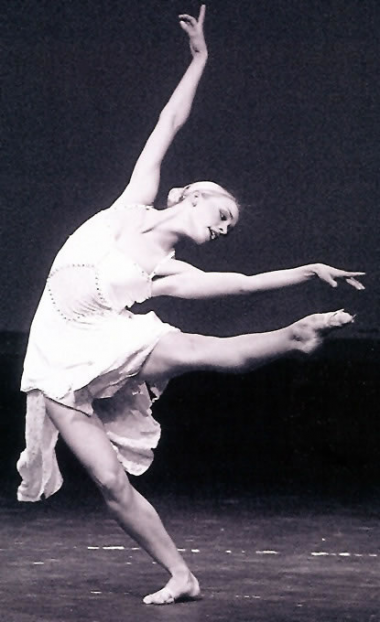COMPETITION DANCE

“When a dancer is judged for their performance and ability the experience can be exhilarating at one extreme or disheartening at the other extreme.”
Competition dance has great value as a training tool for young dancers. First, it provides numerous opportunities for extra performances as an individual soloist or as a member of a group. Performing as a soloist has many positive attributes. It requires a good sense of self-confidence, which increases the more the dancer puts them self out there. The dancer is able to show to the judges as well as to the audience the skills that they have personally acquired as a dance student. If they have a special skill that no one else can do, this is the time to show it off. Competing in a group has a different set of benefits. Although the dancers are still performing for a set of judges, they are demonstrating their ability to blend with each other in dance technique, style, and personality. This is usually not the time to shine as an individual but a time to display teamwork, synchronization, and a common sense of work ethic and support for each other. The dancers share a common goal as a team: to do their best and aim for a high scoring performance. This teamwork is not only essential but also rewarding.
Second, the extra training and rehearsal time that goes into being a competition dancer is similar to that of training for professional dance status. This is invaluable in becoming a more accomplished dancer. Most competition dancers are able to reach an ability level far beyond that of the average recreational dancer. Competition dancers usually train and rehearse every day often including weekends. They are most likely in the studio 15-25 hours a week. This time is spent taking required classes, attending required rehearsals, and in many cases private lessons are pursued. Obviously this extra time spent dancing hastens their progress, advancing them at an accelerated pace. Upper level skills and a better understanding of technique, style and performance most likely will occur at a younger age than for the recreational dancer.
Third, competition dance can in some cases, create contacts in the professional world of dance. Competitive dancers often have the opportunity to attend dance conventions and master classes where high profile teacher/choreographers see them take class, rehearse, and compete. Often times a dancer will be noticed for their talent at these venues and may even be awarded scholarships for further training and opportunities. In some cases, a “stand out” dancer may not only be noticed but also recognized and remembered from one year to the next. This can be a tremendous steppingstone into the professional world of dance.
When a dancer is judged for their performance and ability the experience can be exhilarating at one extreme or disheartening at the other extreme. Whether performing individually or with your teammates, the dancer needs to be able to humbly accept the opinion of their dancing at that time and from those judges. Competition judges are generally knowledgeable, fair, and in most cases have helpful comments and critiques to share with the dancers. No matter how much a number is rehearsed there may always be room for improvement. By competing, the dancers are made aware of details of their performance that could use some further work or fine-tuning. For a serious dancer this input can be invaluable and often reinforces what they are learning from their own dance teachers.
Whether you choose to be a competitive or recreational dancer, dance should be a fun activity that delivers a sense of self-satisfaction and reward just from the simple act of the level of commitment you are willing to make before entering into it. The time commitment and work ethic required a great deal of passion, dedication, and personal sacrifice. But when that desire is there, it can be well worth the pursuit.
This article by Andra Stecklein

